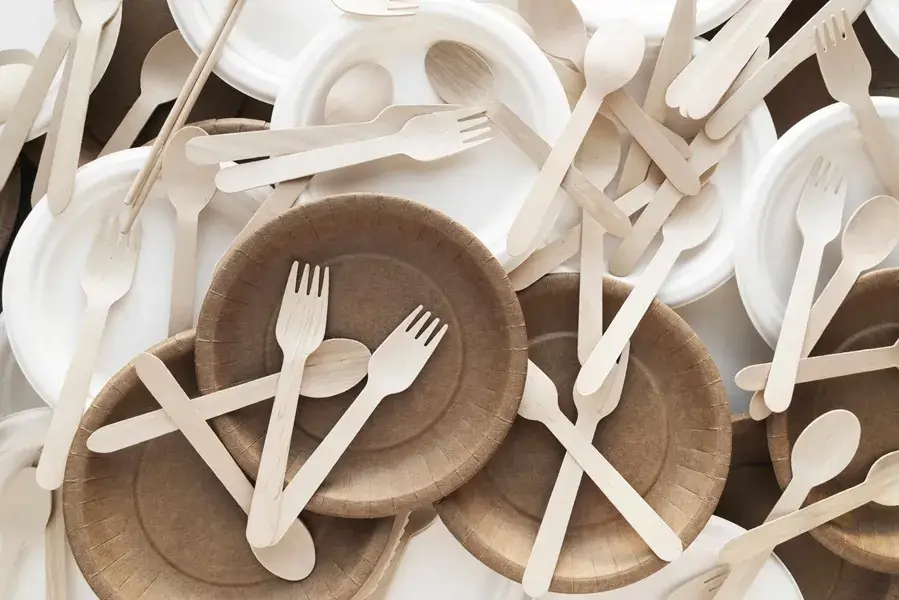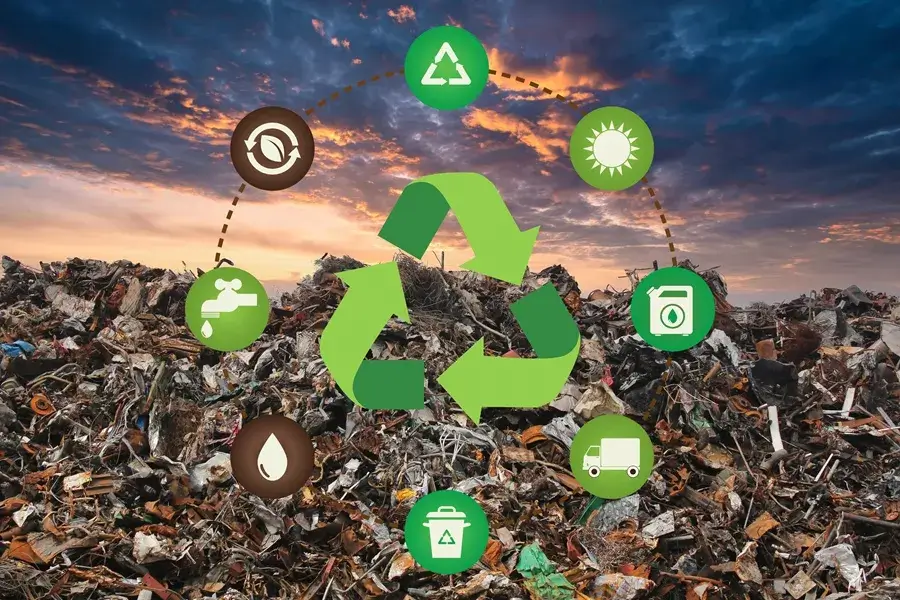Electric cars: a green future or a hidden threat?
Electric vehicles have become widely used due to their positioning as environmentally friendly transport with reduced CO2 emissions and other factors accelerating global pollution and warming.
Electric cars have often been hailed as the future, especially in the context of global warming. While they’re seen as saving the planet, the reality is more complicated. Manufacturing EVs requires significant resources and energy, and disposing of their batteries, even in an eco-friendly way, can raise CO2 emissions. Many plastic parts in electric vehicles can’t be recycled, and the ‘clean’ electricity that powers them often still comes from fossil fuels like coal. So, despite the hype, EVs often turn out to be non-eco-friendly products after all.
So, while EVs seem like a green solution, they’re not 100% environmentally friendly, and scientists are still unpacking the full picture.
Tote bags vs. plastic: the hidden environmental costs
In recent years, fabric shopping bags have become a popular alternative to plastic ones in supermarkets and boutiques. But even with their widespread use, the problem still isn’t solved.
The idea that fabric bags are eco-friendly is actually a myth. Sure, they’re durable, convenient, and made from natural materials, which makes them seem like a green choice. But the growing demand for these bags has led to a bigger issue—a large ecological footprint.
It turns out that growing cotton for shoppers often demands vast amounts of water and pesticides, which pollute precious natural resources. Plus, their disposal and recycling require separate collection and sorting. So, buying a shopper for single use is a non-eco-friendly choice.
Biodegradable plastic: a solution or just clever marketing?
Biodegradable plastic might seem like the eco-friendly choice to a responsible consumer, but it’s not as harmless as it appears. While it breaks down faster than regular plastic, it still needs special conditions—conditions that don’t exist naturally, and precise biological processes involving bacteria.
And while biodegradable bags might sound like a green solution, their production actually requires lots of energy, water, and valuable crops, which drives up costs. In the end, they still don’t decompose in landfills, creating a new problem: the buildup of microplastics. Replacing one type of plastic with another is not always the solution. Indeed, it is just one more of the recycling myths.
Paper cups: the hidden impact you didn’t expect
Disposable paper cups are everywhere—coffee shops, offices, and even picnics. While they seem like a greener option, they actually have a hidden catch. These cups are coated with a polymer to prevent sogginess from heat and moisture, making them harder to recycle. Since the paper and polymer are tightly bonded, recycling becomes a challenge.
A much better choice? Opting for a reusable mug or flask. Plus, many coffee shops offer discounts to customers who bring their own cups.

Bamboo: the eco-friendly trend or a sustainability myth?
With all these limitations, the question of ‘why is bamboo sustainable?’ remains. After all, being green and natural isn’t just about looks—it’s about composition and a safe return to nature.
Eco-friendly cosmetics: nature’s beauty or greenwashing?
Environmental friendliness is not only about the ingredients, but also about honest production and disposal, and a good sign of natural cosmetics is a short list of understandable ingredients.
Recycling: does it work the way we think?
Manufacturers often greenwash by claiming their non-recyclable packaging is recyclable. Instead of moving away from harmful materials, they focus on hiding the truth with clever marketing.
Multi-layer packaging, bioplastics, or colored glass rarely get recycled due to the complexity of the process, so these so-called ‘eco-friendly’ products end up in landfills. True environmental friendliness lies in transparency throughout the entire production and disposal chain. Just slapping a ‘recyclable’ label on the packaging isn’t enough—these recycling myths need to be busted.
Conclusions
From bamboo dishes to electric cars, many “eco-friendly” products turn out to be marketing tricks. All these greenwashing examples prove that sustainability is more than a label — it’s about real impact, transparency, and responsible choices that genuinely help the planet, not just create the illusion.

Author

Anna Smirnova
Content writer on https://rythmoftheworld.com From my practicing in science, I brought the skills of discovering, analyzing, and explanation. I adore art, photography, traveling, hiking, and winter.


